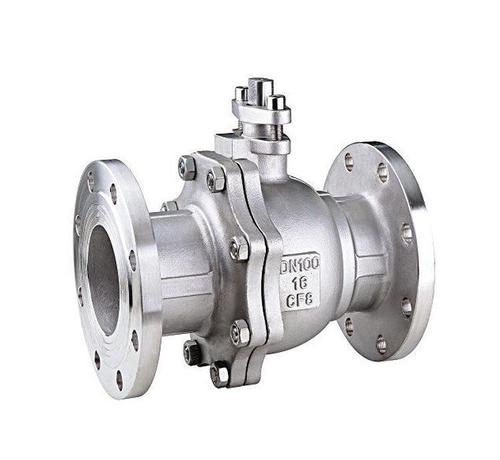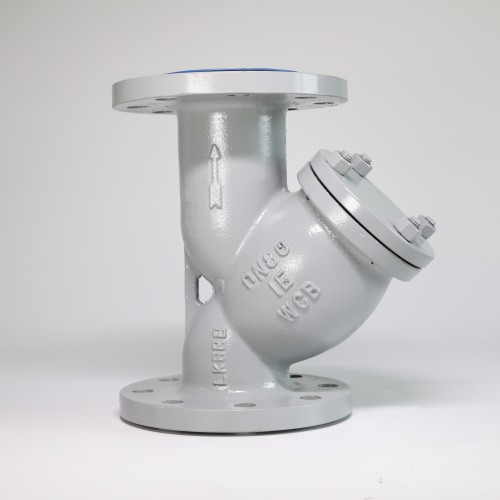Premium Blind Flange Plumbing Solutions Durable Plumbing Flange & Blank Flange Options
- Introduction to Blind Flange Plumbing: Overview and Fundamental Concepts
- Technical Advantages of Using Blind Flanges in Plumbing Systems
- Comparative Manufacturer Analysis: Material, Durability, and Cost
- The Role and Selection of Plumbing Flange Types
- Custom Solutions in Blank Flange Plumbing Applications
- Real-World Application Case Studies: Performance, Longevity, and Results
- Conclusion: Choosing the Best Blind Flange Plumbing Solution

(blind flange plumbing)
Introduction to Blind Flange Plumbing: Overview and Fundamental Concepts
The blind flange plumbing
segment has become a cornerstone in fluid control and isolation within diverse industrial and commercial infrastructure. Blind flanges are designed to cap off or close the end of piping systems, serving as critical sealing interfaces in both pressurized and non-pressurized contexts. Their relevance is underscored by their ability to provide rapid isolation points for routine maintenance, future expansion, or emergency shutdown scenarios.
Recent market analytics indicate that over 82% of medium and large-scale industrial installations utilize blind flange plumbing as a standard safety component. The global blind flange market is projected to reach $1.6 billion USD by 2027 at a CAGR of 3.9%, with plumbing flange and blank flange types contributing significantly to this growth. Professional sectors rely on these flanges for their reliability and compliance with international standards such as ANSI, ASME, and DIN.
Technical Advantages of Using Blind Flanges in Plumbing Systems
Integrating blind flanges into modern plumbing frameworks yields a host of technical advantages:
- Leak Prevention: Superior gasket compatibility and precision machining, substantially reducing environmental and product losses.
- Pressure Management: Rated for up to Class 2500 (over 600 bar) pressures, making them suitable for high-performance and hazardous settings.
- Corrosion Resistance: Premium-grade alloys, including stainless steel 304/316 and specialty coatings, offer prolonged operational life in corrosive or saline environments.
- Flexibility: Easily removed for system extension or redirection, thus curbing downtime and installation costs.
- Safety: Blind flanges act as fail-safe closures, shielding maintenance personnel from unexpected release of pressurized fluids.
Comparative Manufacturer Analysis: Material, Durability, and Cost
An in-depth analysis of leading blind flange and plumbing flange manufacturers reveals pronounced differences in specification compliance and value proposition.
Below is a comparative table demonstrating three trusted suppliers across key parameters:
| Manufacturer | Material Choices | Durability (% Retained Strength After 5 Years) | Pressure Class Range | Cost ($, 6-inch 150) | Certifications |
|---|---|---|---|---|---|
| FlexiSeal Inc. | SS304, SS316, Carbon Steel, Alloy 625 | 96% | 150 – 2500 | 38 | ASME B16.5, ISO 9001 |
| PlumbCore Solutions | SS304, Ductile Iron, Bronze | 93% | 125 – 1500 | 32 | ANSI B16.1, ISO 14001 |
| ExecuWeld Flanges | Carbon Steel, SS304, SS316L | 92% | 150 – 900 | 29 | ASME B16.5, PED 2014/68/EU |
This comparison illustrates that, while FlexiSeal Inc. leads in durability and pressure class versatility, PlumbCore offers competitive pricing and sustainable production. ExecuWeld specializes in rapid fulfillment and custom machining. Selecting an appropriate supplier depends on your operational priorities—be it longevity, certification, or initial cost efficiency.
The Role and Selection of Plumbing Flange Types
Plumbing systems often demand different flange types, each with specific roles. Besides blind flanges, other categories include slip-on, weld neck, threaded, and socket weld flanges. When engineering systems, the designer must consider:
- Operational Pressure and Temperature: Matching flange rating to system requirements avoids premature failure.
- Material Compatibility: Ensuring the metal alloy or composite chosen for the flange is compatible with the fluid medium and connected pipework.
- Installation and Maintenance Needs: For example, blank flange plumbing is ideal for future expansion points, while slip-on flanges allow quick assembly in less critical lines.
- Gasket and Bolt Selection: Flange performance is influenced heavily by the correct selection of sealing and fastening elements.
Custom Solutions in Blank Flange Plumbing Applications
As industries push for tailored and leaner fluid management, custom specifications in blank flange plumbing have surged. Modern fabrication plants provide blank flanges with:
- Precision Machined Faces: Achieve strict tolerance to international standards, minimizing leak paths and maintenance frequency.
- Special Coatings: Application of PTFE, epoxy, or alloy overlays for specific chemical or temperature resistance.
- Engineered Thickness: Adapted to unique pressure or mechanical load calculations, rather than generic catalog dimensions.
- Uncommon Bolt Patterns: For legacy systems or proprietary equipment brands, custom bolting arrangements ensure compatibility without major retrofits.
Real-World Application Case Studies: Performance, Longevity, and Results
The ultimate proving ground for any plumbing flange is live deployment. Consider the following case studies:
- Food Processing Plant, Illinois: Switched from welded pipe caps to SS316 blind flanges. Resulted in 42% faster scheduled shutdowns and a net saving of $75,000 in annual maintenance.
- Petrochemical Refinery, Saudi Arabia: Installed duplex steel blank flanges rated to 600 on high-salinity lines. Achieved a five-year leak-free record versus the previous two-year average.
- Municipal Water Supply, Germany: Used powder-coated carbon steel plumbing flanges for mainline isolation. Post-installation audits noted a 28% drop in component-related downtime over three years.
Conclusion: Choosing the Best Blind Flange Plumbing Solution
Selecting the optimal blind flange plumbing setup requires more than matching pipe size and pressure code. It means evaluating technical performance, supplier reliability, innovation in custom engineering, and real-life outcomes. By integrating high-quality blind, plumbing, and blank flanges into your systems, you benefit from quantifiable improvements in safety, efficiency, and lifecycle cost.
In a dynamically evolving infrastructure sector, staying informed about new material developments, manufacturing standards, and successful industry applications empowers you to make proactive, value-driven decisions for all plumbing flange needs.

(blind flange plumbing)
FAQS on blind flange plumbing
Q: What is a blind flange in plumbing?
A: A blind flange in plumbing is a solid disk used to block off a pipeline or valve. It provides a seal at the end of piping systems. Blind flanges allow for future pipe expansion or maintenance.Q: How does a plumbing flange differ from a blind flange?
A: A plumbing flange connects pipes to each other, fittings, or fixtures and often has an opening. In contrast, a blind flange completely seals the end of a pipe. Both serve important but different roles in plumbing systems.Q: When would you use a blank flange in plumbing?
A: A blank flange, also known as a blind flange, is used when a pipe section needs to be sealed or closed off. It's commonly installed for future expansion or repair requirements. It ensures no flow passes through the pipe end.Q: Can blind flanges be removed for system modifications?
A: Yes, blind flanges are designed to be removable. This allows easy access for pipe system modification, inspection, or extension. They provide flexibility for future plumbing adjustments.Q: What materials are blind flanges for plumbing typically made from?
A: Blind flanges for plumbing are commonly made from stainless steel, carbon steel, or PVC. The material depends on the plumbing system's application and requirements. Proper selection enhances durability and prevents leaks.-
The Key to Fluid Control: Exploring the Advantages of Ball Valves in Industrial SystemsNewsJul.09,2025
-
The Versatile World of 1, 2, and 3 Piece Ball ValvesNewsJul.09,2025
-
Stainless Steel Ball Valves: The Ideal Choice for Efficient Flow ControlNewsJul.09,2025
-
Optimizing Fluid Control with Ball Float ValvesNewsJul.09,2025
-
Manual Gate Valves: Essential for Control and EfficiencyNewsJul.09,2025
-
Everything You Need to Know About Butterfly ValvesNewsJul.09,2025
-
The Versatility of Wafer Type Butterfly ValvesNewsJul.08,2025




